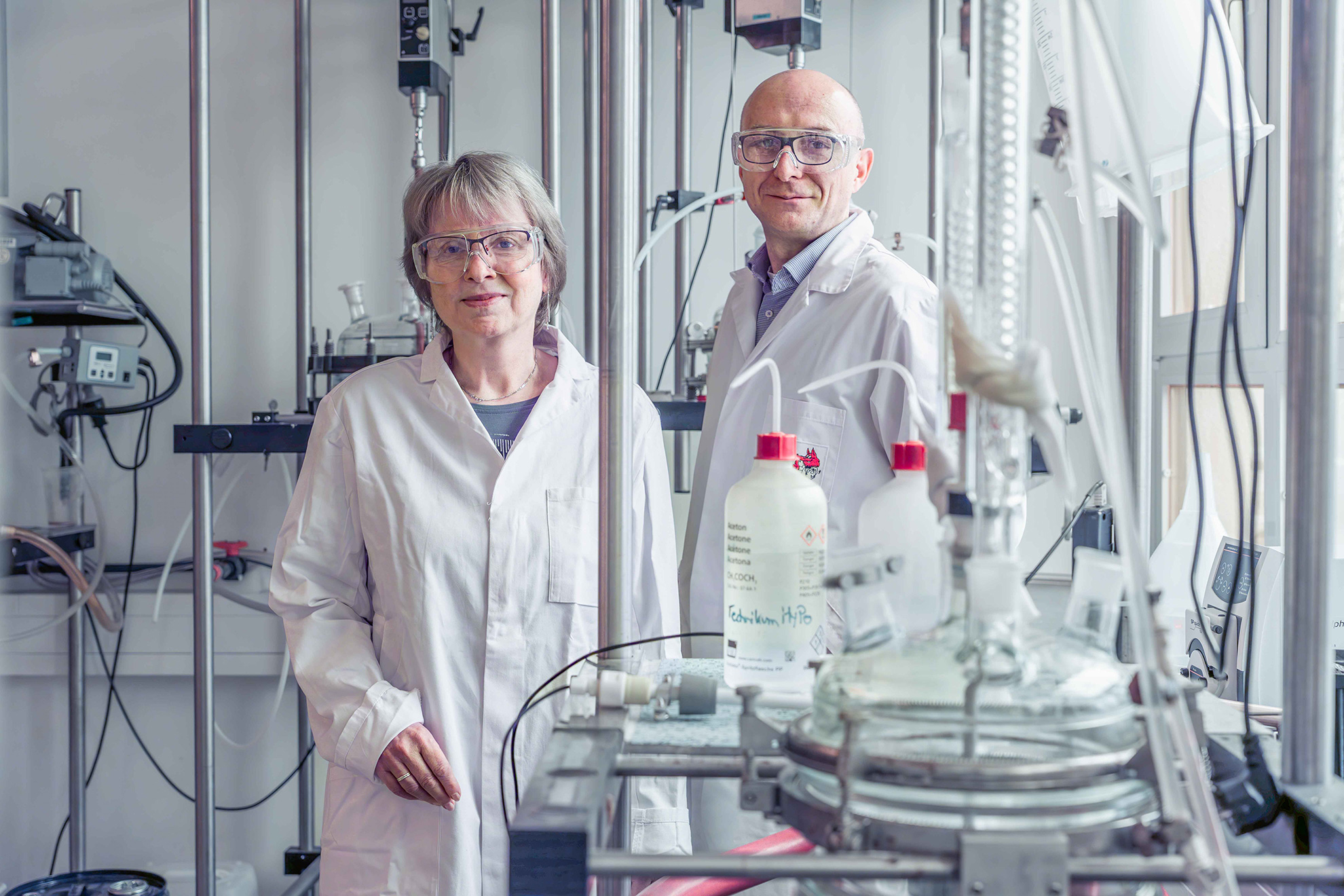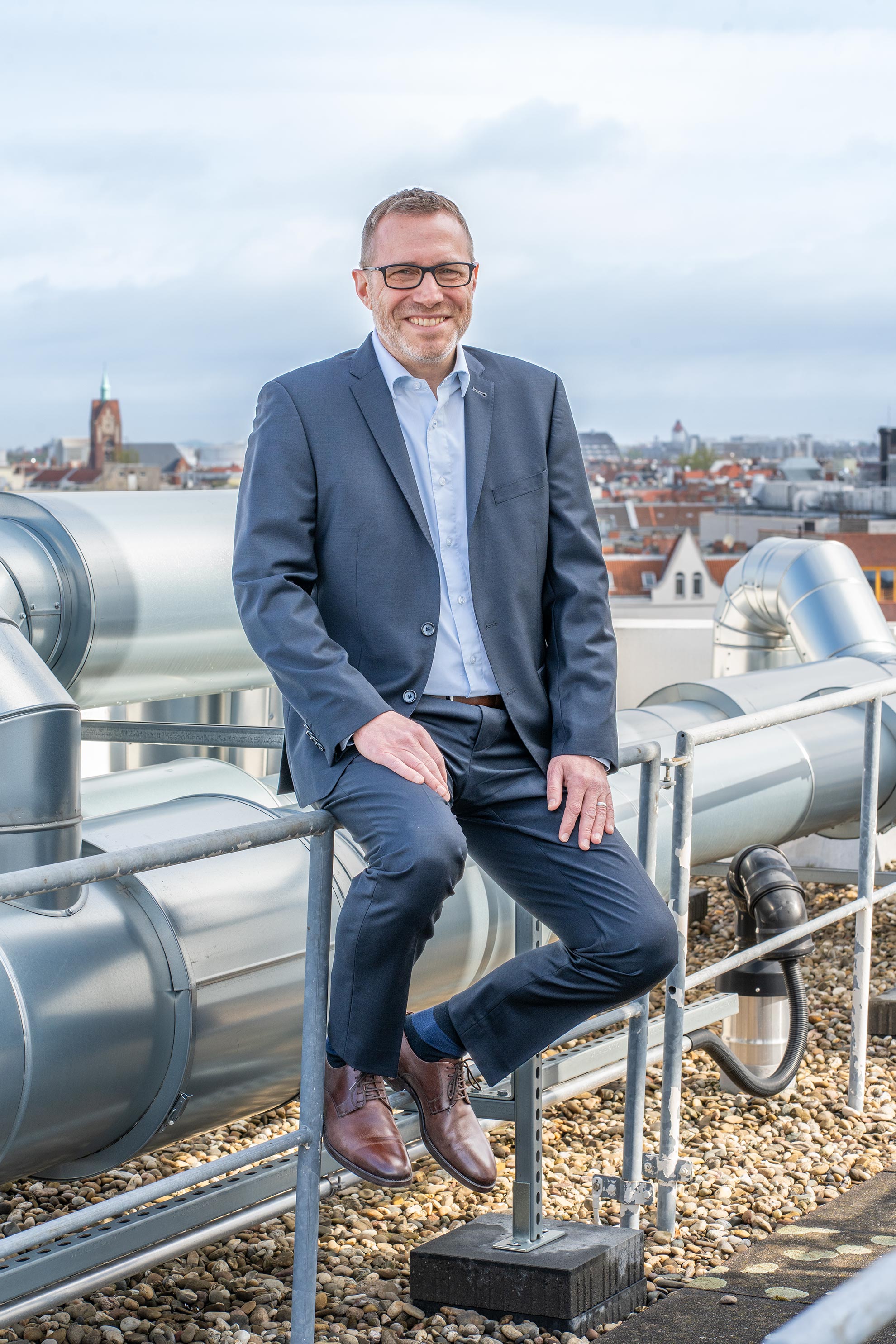What motivated micro resist to join the project?
Herrndorf:
Our customers increasingly ask about the greenhouse gas (GHG) emissions of individual products. We were previously unable to answer these questions because we did not know the figures ourselves. We have had a certified environmental management system since 2011, but quantifying emissions is a separate issue.
Wiglenda:
We have the chemical expertise to determine the GHG emissions of our products, but we lacked the methodological skills. That begins with the question of the right scale: Do we look at the entire company, the business units or does the individual product provide us with most of the information? And in the last case, where do we get reliable figures for the raw materials?
And this is where KliMaWirtschaft creates the necessary access?
Orth:
Exactly. We start with workshops and regional group meetings that explain how to get started with climate accounting. To do this, we introduce the companies to tools that they can then use to calculate their GHG footprint. Based on this, further workshops are held to select measures for improvement that result in a comprehensive climate protection strategy. We are developing a toolbox with solutions for this.
Herrndorf:
This systematic approach is what makes the project so interesting for us. As with many companies, time is the limiting factor for us. The structured instructions help us to pursue the topic as efficiently as possible.
Wiglenda:
I am particularly impressed by how well the content is prepared. You are provided with the necessary knowledge in a very compact form and save yourself a lot of research. This makes it much quicker to get started. We are now in the process of compiling our GHG balance and are already very excited about the development of the strategy in the follow-up workshop.

 Fraunhofer Institute for Production Systems and Design Technology
Fraunhofer Institute for Production Systems and Design Technology